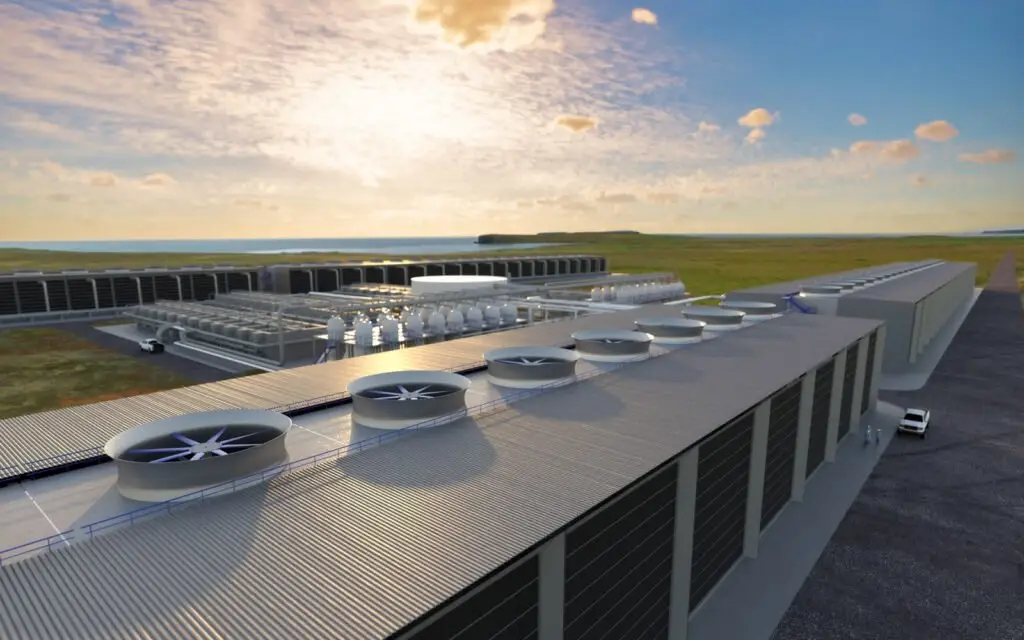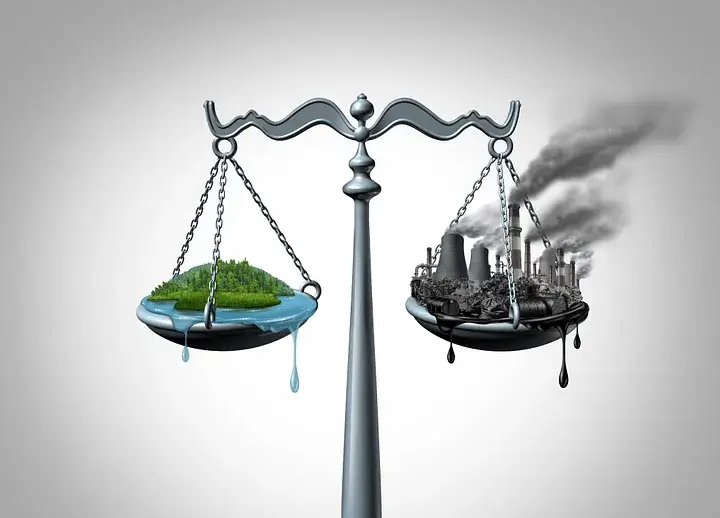
SAN JOSE – In a bold move to combat climate change, Louisiana officials have announced two new carbon removal projects set to commence in northwest Louisiana. The initiative, unveiled on Monday, aims to remove 320,000 tons of carbon dioxide from the atmosphere annually and store it deep underground. This marks a significant step forward in the state’s ongoing efforts to address its carbon footprint and mitigate the impacts of climate change.
Direct Air Capture: A Game Changer for Louisiana
The projects, spearheaded by direct air capture company Heirloom, are part of a growing trend of carbon removal and storage initiatives within the state. Louisiana has long been on the front lines of climate change, experiencing firsthand the devastating effects of hurricanes, coastal erosion, and rising sea levels. These new projects represent a proactive approach to tackling these issues head-on.
Heirloom’s technology utilizes limestone, a natural absorbent, to capture carbon dioxide from the air. By accelerating the natural process, which typically takes years, Heirloom’s technology can absorb carbon dioxide in just three days. The captured carbon dioxide is then permanently stored deep underground. According to Heirloom’s CEO, Shashank Samala, “This is a blueprint and template that can be replicated globally, representing an all-hands-on-deck effort to combat climate change.”
The Debate Around Carbon Capture
While carbon capture and storage (CCS) technologies have their advocates, they also face criticism. Proponents argue that CCS is an essential tool in reducing industrial emissions and achieving climate goals. In a 2021 report, the U.N. Intergovernmental Panel on Climate Change (IPCC) highlighted the importance of CCS as part of a comprehensive strategy to decarbonize the global economy. However, the report also noted that renewable energy sources like solar and wind, along with energy storage solutions, are advancing more rapidly than CCS.
Critics, on the other hand, caution that CCS could detract from efforts to reduce emissions through other means, such as transitioning to renewable energy. There are concerns that investments in CCS might prolong the use of fossil fuels, as seen with oil companies like ExxonMobil investing heavily in such projects. Additionally, some residents near storage sites worry about potential public health risks, despite assurances from officials about the safety measures in place.
Louisiana’s Unique Position
Louisiana’s relationship with the oil and gas industry is complex. The state is a major player in the U.S. energy sector, ranking third in natural gas production in 2021. This economic dependence on fossil fuels has made the transition to a greener economy particularly challenging. However, the state also faces severe environmental risks, which underscore the urgent need for climate action.
In recent years, Louisiana has witnessed a series of climate-related disasters. Hurricanes have become more frequent and intense, coastal erosion continues unabated, and the Mississippi River has seen record-low water levels. These challenges have prompted a reevaluation of the state’s environmental policies and a push towards innovative solutions like CCS.
Heirloom’s Ambitious Timeline
The first of Heirloom’s new facilities is slated to become operational in 2026, with a larger facility following in 2027. Both sites will be located at the Port of Caddo-Bossier in Shreveport, a strategic location that underscores the state’s commitment to integrating CCS into its broader economic and environmental strategy. While the specific underground storage site for the captured carbon dioxide is still being determined, the state is confident in the project’s potential.
According to Heirloom, removing 320,000 tons of carbon dioxide annually is equivalent to taking more than 76,000 gas-powered cars off the road for a year. While this may seem like a small contribution compared to the billions of metric tons of carbon pollution emitted globally each year, it represents a critical step in the right direction. As Samala notes, “Any little bit helps.”
Looking Ahead
The announcement of these new projects is a hopeful sign for Louisiana’s future. It reflects a growing recognition of the need for innovative solutions to the climate crisis and a willingness to invest in technologies that can make a difference. As Louisiana continues to navigate the challenges of climate change, these new carbon removal sites offer a glimpse of a more sustainable future.
In the words of Shashank Samala, “This is an all-hands-on-deck effort.” Louisiana’s commitment to carbon capture and storage is a testament to the state’s resilience and determination to lead in the fight against climate change. As these projects come online, they will not only help reduce emissions but also serve as a model for other regions grappling with similar challenges.


